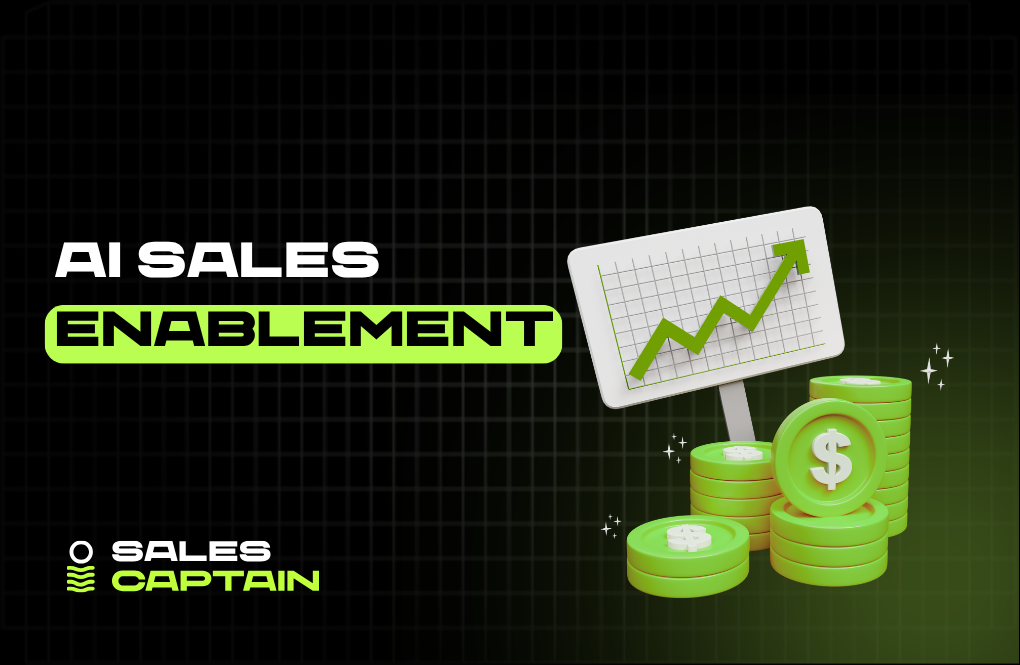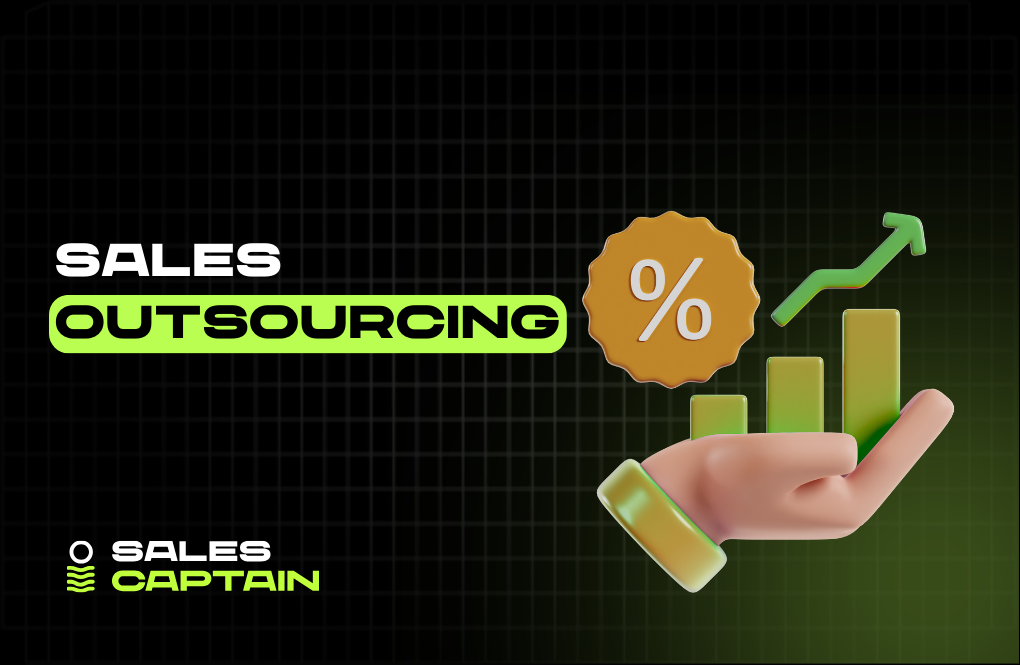

Sales Funnel Metrics That Matter: How to Track, Analyze, and Optimize Performance

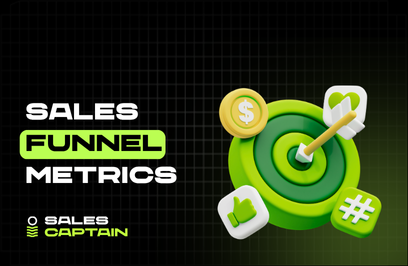
Sales funnel metrics are the clearest way to see if your go-to-market engine is running smooth or stuck in traffic. They show how leads move, where they drop, and what actually converts. If you're running outbound, inbound, or PLG, your funnel is your scoreboard. And these metrics are the code behind every win or stall. This guide breaks down the most critical numbers, how to track them, and how to turn insight into action. No fluff. Just the data that moves deals.
Understanding Sales Funnel Metrics
Definition of Sales Funnel Metrics
Sales funnel metrics are the measurable data points that track how leads move through each stage of your funnel, from curiosity to closed deal. They tell you what’s working, what’s breaking, and where money’s getting left on the table.
These aren't vanity stats. They're hard indicators of whether your GTM system is healthy or starved. They measure everything from the volume and quality of leads to how efficiently they’re converted to what it ultimately costs to acquire and retain a customer.
If you're running outbound, managing inbound, or scaling PLG, funnel metrics expose leverage. Whether you're missing signals, targeting the wrong personas, or waiting too long to follow up, metrics surface it fast.
Importance of Tracking Metrics for Sales and Marketing Alignment
Sales and marketing spend most of their time pointing fingers when the pipeline stalls. Metrics reset that conversation. Instead of arguing about attribution or campaign performance, teams can align around facts.
When both sides track the same funnel data, conversion rates, MQL to SQL lift, pipeline velocity, it’s easier to see where motion slows. Maybe marketing is stuffing the top-of-funnel with the wrong ICP. Maybe sales is ignoring warm leads until they go cold. The numbers don’t lie.
This kind of alignment is even more critical in GTM environments where outbound isn’t isolated in sales anymore. With AI-powered outbound being run as a marketing motion, teams need to sync across message, persona, and timing. Metrics turn that coordination from guesswork into a feedback loop.
How Sales Funnel Metrics Influence Business Decisions
Metrics don’t just help you analyze performance; they guide real business decisions.
Struggling with CAC? Look at funnel inefficiencies. Too many leads stuck in ‘Qualified’ with no movement? You probably need better filtering or enrichment. Consistently low win rates from outbound but high from inbound? Time to fix your messaging or improve targeting workflows.
Funnels should pulse like an operating system. Metrics are how you debug it. They’ll tell you when to tighten workflows, speed up sequences, or shift your ICP. And they’re critical when defending budget or hiring headcount, nothing justifies investment like proof of momentum.
Data-driven GTM leaders don’t guess. They run systems. Funnels are the control panel, and metrics are the code they watch.
Key Sales Funnel Metrics to Monitor
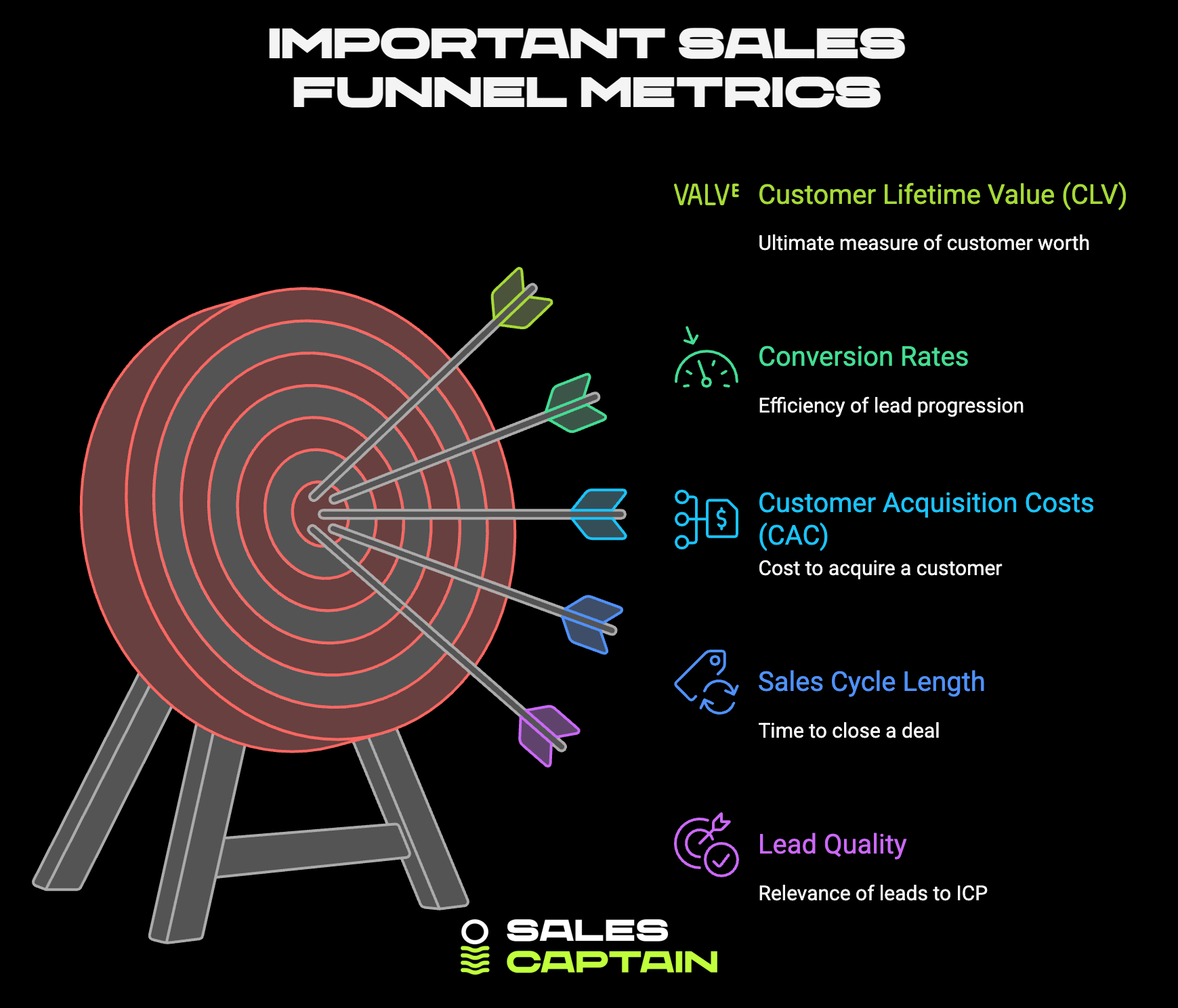
Total and Type of Leads
Don't just count leads. Categorize them.
Volume only matters when the right personas are flowing into the funnel. You want to track not just how many leads are entering, but where they come from (inbound, outbound, partner, paid) and how well they fit your ICP.
If you're running outbound at scale, this gets nuanced. AI tools now generate intent signals and auto-build lists on the fly, but volume without qualification just clogs your sales engine. Total leads only matter if they’re the right type.
Conversion Rates
Your conversion rates are the pulse of your funnel. Whether you're feeding 10,000 outbound contacts or getting 200 content signups, you should be watching how efficiently they progress.
Lead-to-Customer Conversion Rate
This is the end-to-end funnel health metric. It measures what percentage of all leads that eventually convert into paying customers. It gives you the full picture, reach, targeting, sales process, and post-demo follow-up. Too low? Likely, you have a broken step somewhere inside the funnel.
MQL to SQL Conversion Rate
Marketing says they’re sending qualified leads. Sales says they aren’t. This metric decides who's right. It measures how many leads marketing deems "ready" that sales agrees are worth talking to. Weak conversion here usually points to misaligned ICP, sloppy intent data, or unpersonalized outreach.
Opportunity-to-Win Ratio
This metric tracks how many deals progress from the opportunity stage to the actual closed-won stage. If this number is low, you're either filling your pipeline with the wrong accounts or failing to close strong with the right ones. It’s the final gut-check on sales execution.
Customer Acquisition Costs (CAC)
CAC tells you how much it costs to land a paying customer, across all GTM motion. It's your litmus test for efficiency.
When outbound is run as a low-cost marketing motion powered by tools like AI scraping, enrichment, and sequencing, CAC should shrink. If it’s not, something’s wrong in your funnel economics. Maybe your SDR workflows are bloated or your data workflows aren’t clean. CAC lets you fix with precision.
Average Deal Size
This one matters more than people think. A 20% bump in average deal size can drive more impact than doubling lead flow.
It also reframes how you handle the pipeline. Small deals don’t justify high CAC. Large deals demand better targeting and longer nurturing. If you're putting enterprise buyers through the same email sequence as SMB leads, you're misaligned, and it’ll show up in this metric.
Customer Lifetime Value (CLV)
CLV is the total value a customer brings over their entire journey. It tells you who’s worth chasing.
Outbound works best when it's driven by LTV focus, not just lead volume. Otherwise, you’re spending premium effort on low-return accounts. Matching CLV with CAC is key; if CAC > CLV, you're not building a business. You're burning one.
Sales Cycle Length
This tracks how long it takes to close a deal, from first touch to signed contract. A long sales cycle isn’t always bad, but it better be justified by high deal value or retention.
If your cycles are dragging, inspect your funnel stages. Are you over-qualifying? Waiting too long to follow up? Too much handoff between SDR and AE? Shortening sales cycles is one of the fastest ways to unstick pipeline velocity.
Sales Pipeline Velocity
Pipeline velocity shows how fast qualified leads are moving through the sales funnel, and how much revenue could close within a specific time frame.
It’s not about more deals. It’s about flowing faster. You calculate it with this formula:
( Number of Opportunities × Win Rate × Average Deal Size ) ÷ Sales Cycle Length
Use it to spot slowdowns, justify headcount, or set realistic revenue projections. Velocity doesn’t guess. It tells you how fast money moves.
Monthly Recurring Revenue (MRR)
If you're SaaS or subscription-based, MRR is your north star. It captures the monthly sum of all recurring contracts, new, retained, or expanded.
Monitor it as a function of funnel strength. If MRR falls without a churn spike, you’ve got top-of-funnel issues. If MRR growth stalls while leads surge, conversion’s likely the bottleneck. Tie MRR back to funnel stages to see where actual revenue gets trapped.
Funnel Drop-Off Rate
Here’s where things break. The drop-off rate shows how many leads fall off between specific stages.
Too many bounce post-demo? Your value prop didn’t land. Bailing after first response? Your follow-up is weak or delayed. This metric exposes the soft spots in your GTM workflows, whether manual or automated. Audit them hard.
Win Rate
This metric answers the ultimate question: how well do we close?
It's the ratio of deals won to total opportunities created. Low win rate in outbound funnels often means poor fit or weak messaging. In inbound, it may mean leads are converting on content but not ready to buy. Either way, it’s how you separate real pipeline from padded pipeline.
Churn Rate
You win the funnel game not when you close the deal, but when the customer sticks. Churn rate tracks how many customers leave over a set period.
High churn means bad fit, onboarding gaps, or poor CS follow-through. It turns your GTM machine into a leaky bucket. Protect against this by feeding retention insight back into the top of the funnel, targeting the customers that last.
Analyzing and Visualizing Sales Funnel Performance
Stages of a Sales Funnel
Sales funnels are only useful if mapped correctly. Break them into three functional stages so you can pinpoint where performance shifts.
Awareness Stage
Top of funnel. Here, the goal isn’t to sell, it’s to signal. Leads in this stage are discovering your offer for the first time. Metrics to watch: volume, engagement, bounce rate. High volume, low engagement? Bad list or weak copy.
Consideration Stage
Mid-funnel. Leads are showing intent, comparing options, or responding to messaging. You should be measuring conversion to a meeting or a demo. This is where personalized engagement, use-case alignment, and fast follow-up make or break momentum.
Decision Stage
Bottom of funnel. Now it’s about closing. Metrics here include proposal-to-close ratio, decision-making time, and stuck deals. If you're losing here, it’s often a trust gap or the value not being crystal clear.
Techniques for Visualization
Numbers don’t hit until they’re visualized. Two methods dominate.
Funnel Charts
Clean, classic, visual. Funnel charts show where volume drops at each stage. They’re ideal for highlighting steep drop-offs or lopsided progression. Quick to digest, powerful to present.
Metrics Dashboards
Dashboards go deeper. Instead of just visualizing drop-offs, they combine multiple metrics in one view: conversion rates, velocity, CAC, and Mand RR. Ideal for operators and GTM analysts running experiments across funnel stages.
Identifying Bottlenecks and Drop-Off Points
Find the jammed gears. Funnel visuals should highlight where good leads stall or leak out. Combine drop-off data with rep activity, sequence timing, and lead source to isolate root causes.
Maybe your outbound bookings stall because leads aren’t getting routed in time. Maybe MQLs drop to zero weekly because data enrichment is failing.
Technical GTM isn't about just looking. It’s about digging into workflows, fixing routing, tightening handoffs. Metrics must inform action, or they’re just noise.
Tools and Software for Tracking Sales Funnel Metrics
Overview of Popular Sales Funnel Software
Modern GTM teams don’t wait on devs for reports. With tools like CRMs, sales engagement platforms, and PLG analytics, funnels are tracked and tweaked in real time.
Tools like Salesforce and HubSpot offer full-funnel visibility inside traditional CRM logic. For teams running outbound as a technical channel, Clay is often the centerpiece. It automates lead sourcing, fills enrichment gaps, and ties outbound motion to funnel progression.
For product-led teams, tools like Mixpanel or Pendo capture in-app behavior to feed funnel insights back into GTM. Stack depends on motion, but visibility is non-negotiable.
Key Features to Look for in Sales Funnel Tools
You don’t need flashy charts. You need answers, fast. Choose tools that offer:
- Stage-level tracking
- Multi-source attribution
- Real-time notifications
- Customizable dashboards
- API flexibility (so you can integrate and automate)
Inbound is messy, outbound is more structured. But everything benefits from tools that let you design systems, not just see data.
Real-Time Tracking and Reporting Capabilities
Lag kills feedback loops. You can’t fix slow follow-up or poor conversion if it takes a week to see the data.
Real-time tracking lets you adjust mid-sequence. Pause a bad campaign. Double down on ICPs that convert. Monitor CAC daily instead of monthly. The faster the visibility, the faster the fix.
This is where Clay thrives; it connects lead data, triggers outreach, and pushes conversion metrics back into your stack, instantly. Speed wins deals. Real-time wins funnels.
Strategies for Optimizing Sales Funnel Metrics
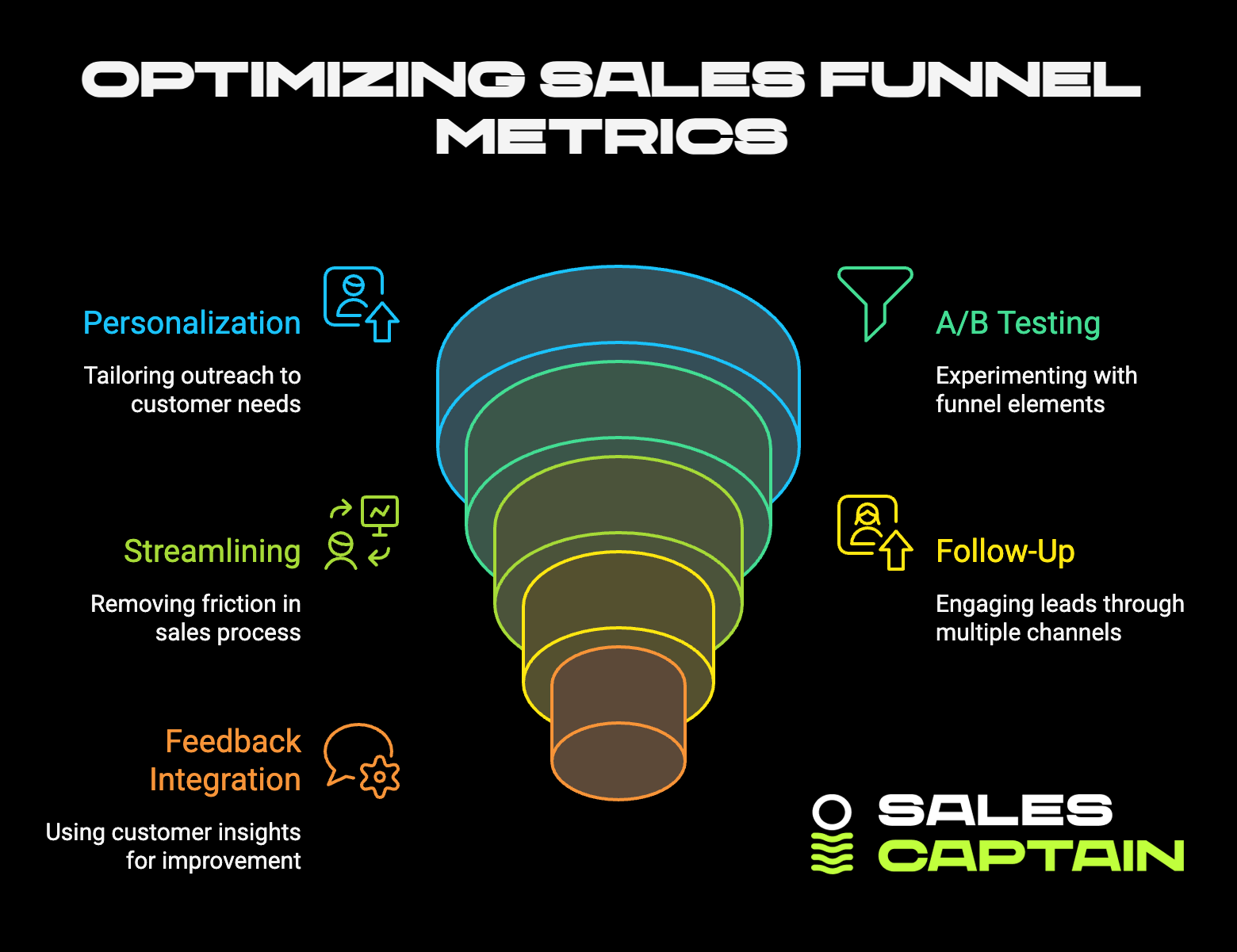
Personalization and Customer Engagement
Generic outreach is invisible. Personalization isn’t just nice, it’s non-negotiable.
Use data to segment leads and tailor outreach around pain points, not just personas. AI makes it scalable, but strategy makes it matter. The more relevant the message, the quicker the conversion.
Focus on the first 3 touches. That’s where most deals are won or lost. If CTRs are low, your personalization is weak. Tighten it.
A/B Testing and Experimentation
Funnels aren’t static. They’re experiments.
Test subject lines, CTA timing, call-to-action paths, and even offer framing. Run closed-loop experiments. Validate with data. Build playbooks from what works.
Don’t overcomplicate. One variable at a time. Then measure.
Streamlining the Sales Process
Friction kills momentum.
Audit every handoff, every calendar link, every follow-up play. Automate what doesn’t add value. Remove unnecessary approval steps. Speed wins, not with urgency, but with simplicity.
SalesCaptain, as a demand generation agency, often uncovers 3 or more redundant steps in a prospect’s journey within a week. Streamlining gets your team back to selling, not babysitting deals.
Enhancing Follow-Up Tactics
Most leads don’t respond on the first try, or the second.
The money’s usually in the sixth touch. Build multi-channel follow-up, email, phone, social, and time it strategically. Don’t just remind. Add value each time.
Track reply rates, not just opens. A high open plus low reply? You're too generic. Make every follow-up advance the narrative.
Leveraging Customer Feedback
Your best source of funnel optimization is your closed-won and churned customers.
Win review? Ask what made them trust you. Churned customer? Ask where things broke. Feed that insight into outbound messaging, qualification checks, and follow-ups.
It’s a loop, not just post-sale. Feedback should directly inform top-of-funnel strategy. A tiny truth from one real buyer beats 1,000 generic templates.## Common Mistakes in Tracking Sales Funnel Metrics
Focusing on Vanity Metrics
Page views, social likes, email open rates, they look shiny, but they rarely move revenue. Vanity metrics give the illusion of traction without exposing the truth beneath the funnel. Teams love them because they’re up and to the right. Leaders hate them because they don’t tie to the pipeline.
If your dashboard says “engagement is up” but quarter-end shows flat sales, you’re measuring smoke. The real metrics are conversion rates, CAC, sales velocity, and funnel drop-off. They hurt more when they’re bad, but they’re the fixable ones.
Make this your gut check: can the metric help you make a decision? If not, it’s probably vanity.
Ignoring Contextual Data
A 30% conversion rate might sound great. But if those leads are low-fit, low-deal size, and high churn, it doesn’t matter. Metrics need context; otherwise, you make the wrong calls.
Take CAC for example. Say you run outbound with AI assistants to generate meetings for under $50 CAC. Looks good. But if all those accounts churn in 90 days, you’re scaling garbage.
Or maybe your win rate is high, but your sales cycle is double the industry norm. That’s not efficiency, it’s hidden burn. Metrics must be interpreted against the buyer segment, channel, ticket size, and sales motion. Without that layer, you're optimizing for the wrong outcomes.
Numbers isolated from the story lead to bad decisions. Context isn’t fluff; it’s the difference between smart GTM and blind execution.
Not Aligning Metrics with Business Objectives
Tracking everything means focusing on nothing. Your sales funnel metrics must map to what the business needs right now.
If revenue is flat and churn is surging, top-funnel conversion doesn’t matter yet. Focus on LTV, sales cycle, and onboarding gaps. If you're preparing for a funding round, start dialing in CAC payback and MRR expansion.
Too often, teams track what’s easy rather than what’s strategic. They monitor LinkedIn engagement instead of SQL-to-opportunity lift. Or obsess over deal size without checking how those deals move through pipeline velocity.
Funnel metrics are levers. But they only move the business if you pull the right ones for the stage you're in.
FAQs
Sales funnel metrics are data points that track lead progression through your GTM system, from first contact to closed deal. They highlight performance, surface bottlenecks, and expose which levers drive revenue.
You’re not just measuring total leads or email opens. You’re quantifying how efficiently and predictably your funnel turns interest into income. That includes conversion rates, CAC, velocity, churn, and LTV.
When tracked right, these metrics let you debug your entire go-to-market engine like a system, not a guessing game.
Conversion rates show how efficiently leads move from one funnel stage to the next. Without them, you’re blind; you can’t tell where you’re wasting time, losing money, or leaking pipeline.
If you only track how many demos you book but not how many of those convert to deals, you’re halfway flying. High top-funnel volume with low conversion? Your targeting’s off ,or the message isn’t landing. Good conversion but low total deals? You might just need more reach.
Conversion rates let you fix where and why things slow down. They’re not just KPIs, they’re applied diagnostics.
Customer Acquisition Cost (CAC) = Total Cost to Acquire Customers / Number of Customers Acquired
Include ad spend, tools, salaries (SDRs, marketers, operators), contractors, and anyone touching acquisition. If you're running outbound with AI assistance and automation (using tools like Clay), your CAC should be leaner than traditional SDR-heavy methods.
Example: If you spent $10,000 in a month and acquired 25 customers, your CAC is $400. Simple. Now compare that to average deal size, LTV, and time to payback. That’s where CAC starts to inform strategy, not just cost.
It depends on motion, industry, ticket size, and lead source.
For outbound funnels:
- Cold outreach to meeting booked: 1%–3% is decent, 5%+ is world-class
- Meeting to close-won: 20%–30% is solid, higher is elite
For inbound funnels:
- Lead to MQL: 10%–30%
- MQL to SQL: 15%–25%
- SQL to deal: 20%–40%
There’s no universal benchmark. The key is improving your oaseline. If your win rate jumps from 12% to 18%, that’s a huge uplift, regardless of what someone else’s funnel looks like.
Start by pinpointing what’s broken, not just applying generic fixes.
If conversion is low from outreach to meeting, tighten targeting, personalize messaging, or shorten reply lag. If CAC is spiking, look at enrichment quality, campaign waste, and team bloat. If deals stall in proposal, fix your proposal flow; it oesn’t matter how pretty your sequences are.
Here’s where systems thinking matters. GTM isn't just reps and emails, it’s infrastructure. Tools like Clay help build automated, enriched, and signal-responsive funnels. Agencies like SalesCaptain accelerate this by running demand gen as a repeatable system, not a spray-and-pray play.
Better funnel metrics come from one thing: fixing what slows deals down. Start there. Then test, measure, repeat.
RELATED ARTICLES
Lorem ipsum dolor sit amet, consectetuer adipiscing elit, sed diam nonummy nibh euismod tincidunt ut laoreet dolore magna aliquam erat volutpat.
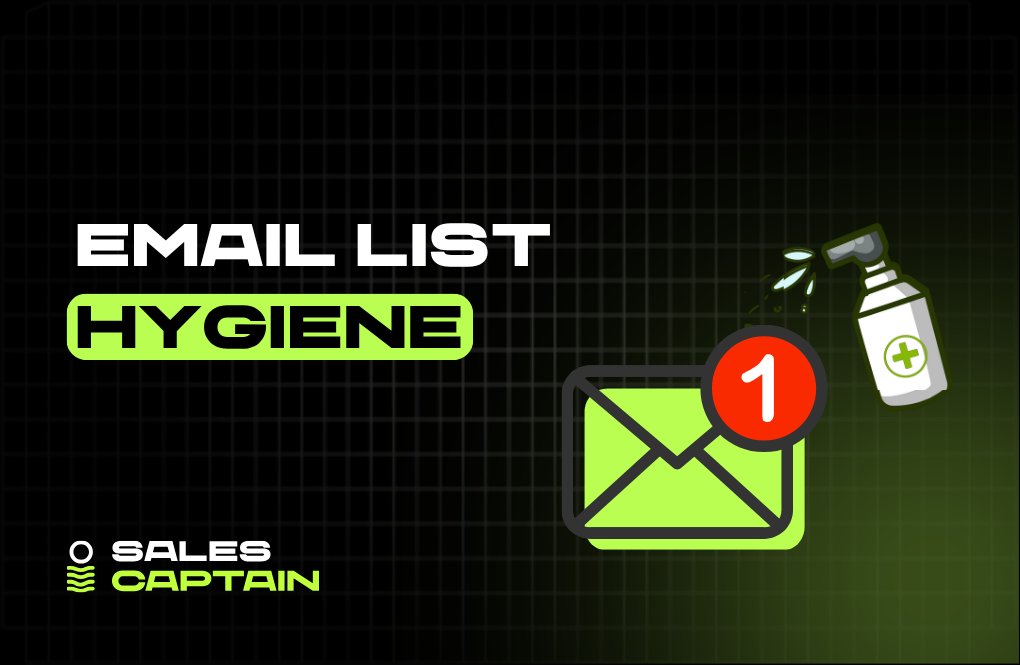



.jpg)

